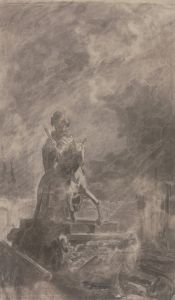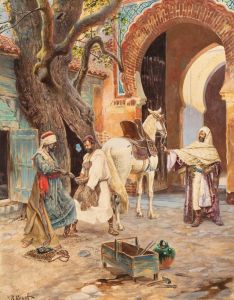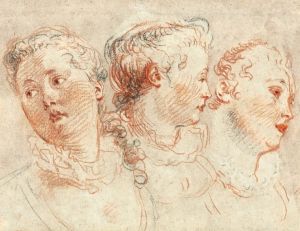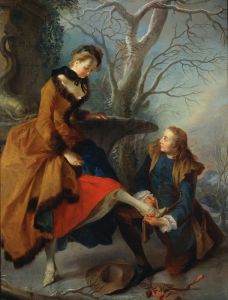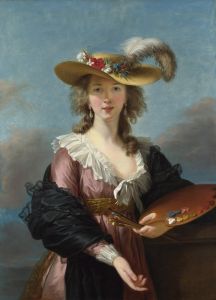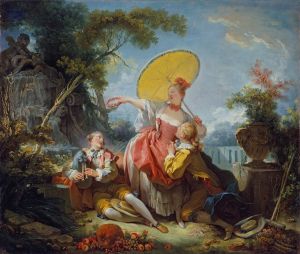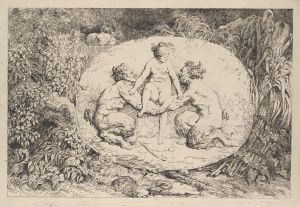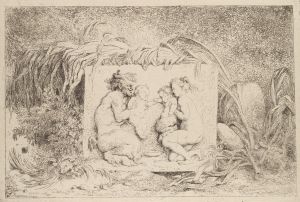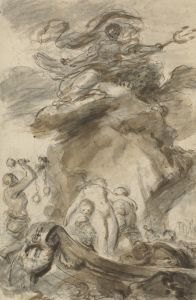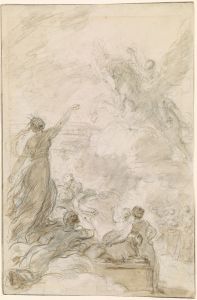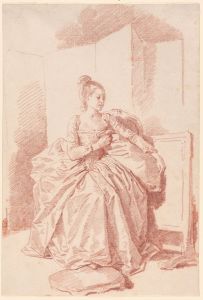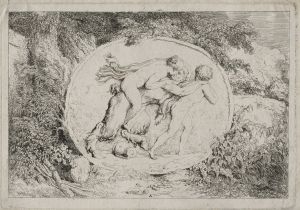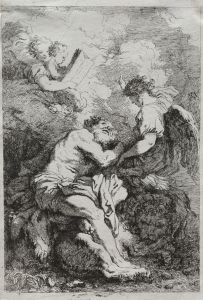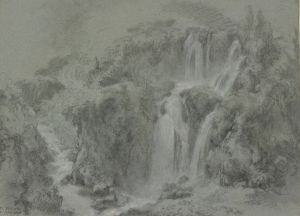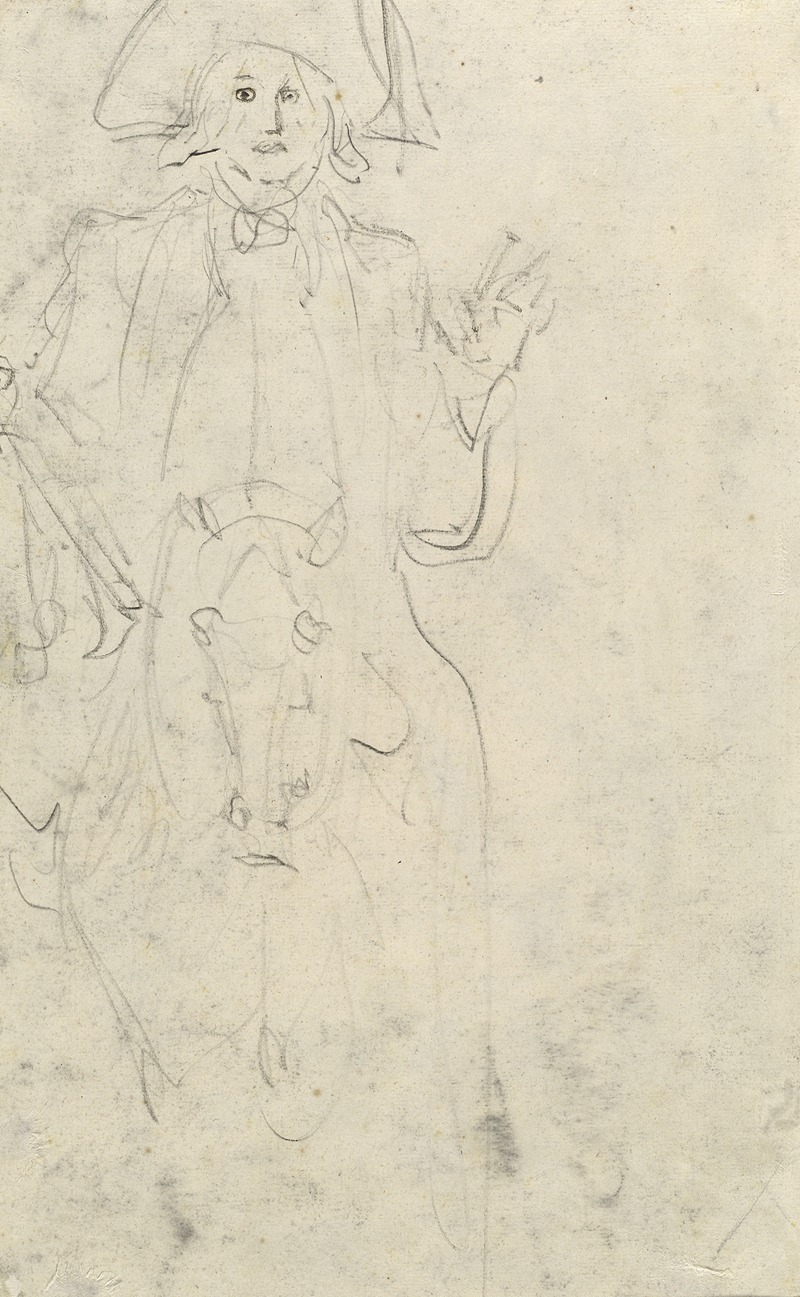
Man on a Horse
A hand-painted replica of Jean-Honoré Fragonard’s masterpiece Man on a Horse, meticulously crafted by professional artists to capture the true essence of the original. Each piece is created with museum-quality canvas and rare mineral pigments, carefully painted by experienced artists with delicate brushstrokes and rich, layered colors to perfectly recreate the texture of the original artwork. Unlike machine-printed reproductions, this hand-painted version brings the painting to life, infused with the artist’s emotions and skill in every stroke. Whether for personal collection or home decoration, it instantly elevates the artistic atmosphere of any space.
Jean-Honoré Fragonard, a prominent French Rococo painter, is renowned for his exuberant and fluid style, which often depicted scenes of romance, frivolity, and playful elegance. However, specific information about a painting titled "Man on a Horse" by Fragonard is not readily available in historical records or major art collections. Fragonard's oeuvre primarily consists of genre paintings, portraits, and landscapes, with a significant portion dedicated to intimate and light-hearted themes typical of the Rococo movement.
Fragonard was born in 1732 in Grasse, France, and later moved to Paris, where he became a student of François Boucher, another leading Rococo artist. His talent was recognized early, and he won the prestigious Prix de Rome, which allowed him to study in Italy. This experience greatly influenced his artistic development, as he absorbed the grandeur of Italian Baroque and the delicate nuances of Venetian painting, which later informed his own style.
Throughout his career, Fragonard produced a vast number of works, including the famous series "The Progress of Love," commissioned by Madame du Barry, the last mistress of King Louis XV. His paintings are characterized by their lively brushwork, vibrant colors, and an ability to capture the fleeting moments of joy and intimacy. Fragonard's work often reflects the social and cultural milieu of pre-revolutionary France, a period marked by opulence and a pursuit of pleasure among the aristocracy.
While Fragonard did create some works featuring equestrian themes, such as "The Swing" where a horse is part of the background, there is no widely recognized or documented painting specifically titled "Man on a Horse" attributed to him. It is possible that such a work might exist in private collections or under a different title, but it has not been prominently featured in major exhibitions or scholarly publications dedicated to Fragonard's art.
In the absence of concrete information about "Man on a Horse," it is essential to focus on Fragonard's broader contributions to art. His legacy is evident in his ability to capture the essence of the Rococo era with a sense of spontaneity and charm. Fragonard's paintings remain celebrated for their technical brilliance and the way they encapsulate the spirit of an age that valued beauty and leisure.
Fragonard's influence extends beyond his lifetime, as his works continue to be studied and admired for their artistic merit and historical significance. His paintings are housed in major museums worldwide, including the Louvre in Paris and the Wallace Collection in London, where they continue to captivate audiences with their timeless appeal.
In summary, while specific details about a painting titled "Man on a Horse" by Jean-Honoré Fragonard are not available, his overall body of work remains a testament to his skill and the enduring allure of the Rococo style. Fragonard's art offers a window into the past, reflecting the cultural and social dynamics of 18th-century France with elegance and wit.





